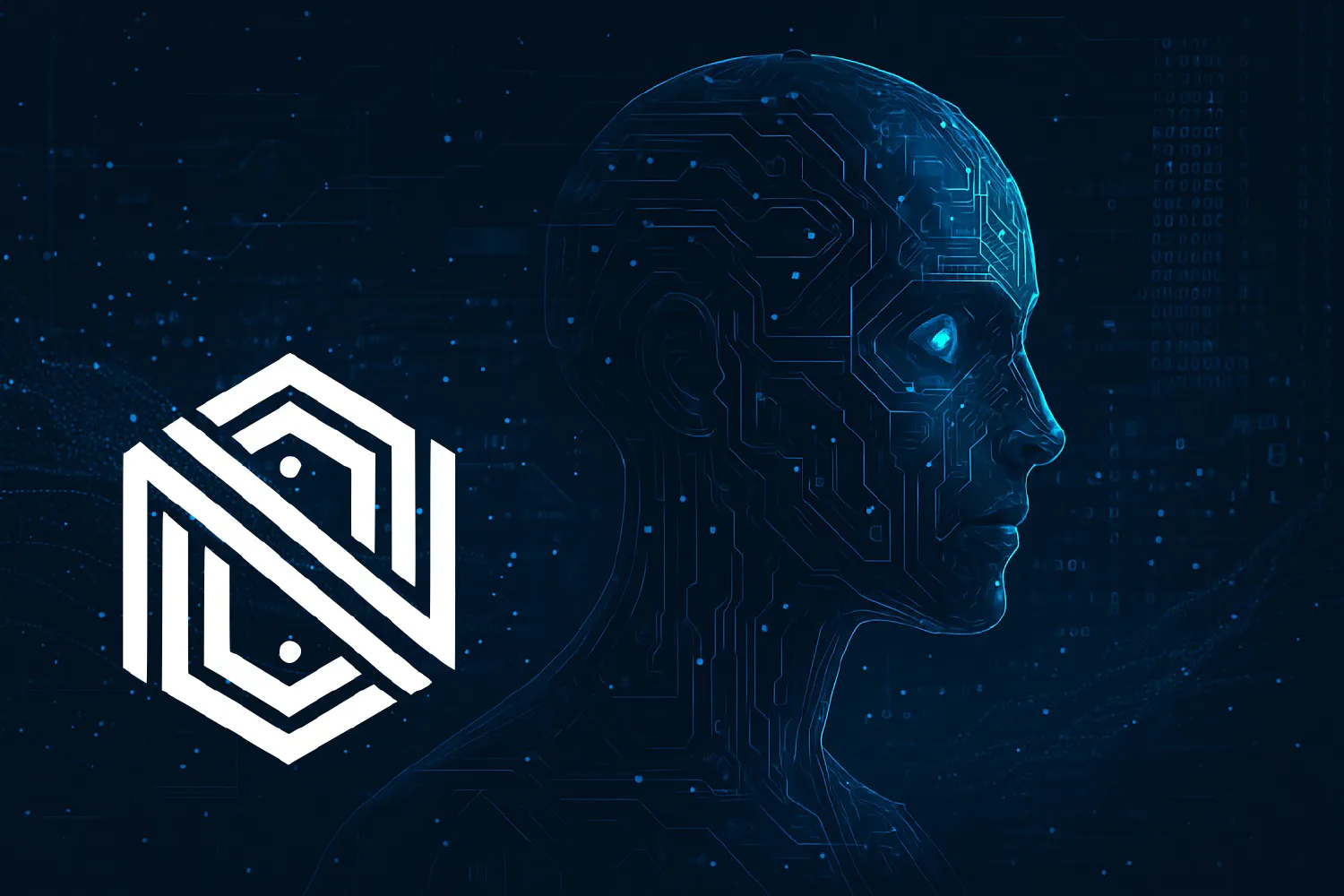Chain-of-Thought AI Models: Revolutionizing Accuracy and Enabling New Use Cases

Chain-of-Thought AI Models: Revolutionizing Accuracy and Enabling New Use Cases
The landscape of large language models (LLMs) has evolved dramatically over the past few years, and one of the most revolutionary developments is the introduction of chain-of-thought (CoT) models. Unlike earlier generations of LLMs, which often provided impressive outputs with an occasional dose of absurdity, CoT models are designed to emulate human-like reasoning. This evolution has profound implications for accuracy, reliability, and ultimately, the breadth of real-world business applications.
Chain-of-thought models operate by decomposing complex problems into a series of intermediate reasoning steps. This approach allows the model to “think out loud” internally, so to speak, before generating its final answer. By doing so, CoT models can catch inconsistencies and errors that simpler models might overlook, resulting in more precise and contextually relevant responses. This internal reasoning process marks a significant leap forward in our ability to harness LLMs for more demanding applications.
The underlying architectures of these models highlight the transformative potential of chain-of-thought reasoning. By integrating intermediate steps into their computational process, these models effectively simulate a form of meta-cognition. They not only generate answers but also validate them against a reasoning trace that mirrors human problem-solving. This capacity to self-correct and re-evaluate internal decisions is what sets CoT models apart from their predecessors.
This enhanced reasoning capability leads to tangible benefits in accuracy and reliability. In traditional LLMs, errors and inconsistencies sometimes result in outputs that can be hilariously or even dangerously wrong. In contrast, CoT models are significantly more likely to catch their own mistakes by iteratively refining their thought process. The result is a model that not only produces higher-quality outputs but does so with a level of consistency that is critical for high-stakes applications.
The self-reflective nature of chain-of-thought reasoning is perhaps most evident in scenarios requiring multi-step problem solving. Whether it’s complex data analysis, legal reasoning, or financial forecasting, the ability of CoT models to break down problems into manageable parts ensures that the final result is well-grounded in logical inference. This is a game changer for industries that rely on precision and accountability, where even minor errors can lead to significant consequences.
adopting CoT models can unlock new levels of performance and trustworthiness in AI-driven processes
For business leaders and technical decision-makers, the implications are clear: adopting CoT models can unlock new levels of performance and trustworthiness in AI-driven processes. Companies that integrate these models into their operations can expect not only improved efficiency but also a reduction in costly errors. This means that areas such as customer service automation, risk assessment, and strategic planning can all benefit from the heightened accuracy provided by CoT reasoning.
It is important to note that businesses that choose not to explore these newer models may be missing out on opportunities to enhance their operational capabilities. Traditional LLMs, while still powerful, may no longer represent the cutting edge in performance, especially when tasks require a nuanced understanding of context and a step-by-step validation of logic. By not embracing CoT models, organizations risk falling behind competitors who are already leveraging these advanced capabilities.
The move to chain-of-thought reasoning is not without its challenges. Implementing these models requires not only a shift in how we think about AI outputs but also investments in infrastructure and expertise to fully harness their potential. However, the rewards far outweigh these hurdles. The ability to deploy an AI system that understands its own reasoning provides a level of assurance and control that is indispensable for critical business functions.
One of the most compelling advantages of CoT models is their suitability for dynamic and evolving business environments. As market conditions and regulatory landscapes shift, the need for adaptable and self-aware AI systems becomes ever more pressing. CoT models, with their iterative reasoning process, offer the flexibility and robustness required to keep pace with these changes, ensuring that businesses remain competitive and compliant.
it is essential to continuously reassess and update your AI strategy
As the AI field continues to advance at a rapid pace, it is essential to continuously reassess and update your AI strategy. The chain-of-thought approach represents not just a technological improvement, but a paradigm shift in how AI can be utilized. This evolution has already enabled new use cases that were previously unthinkable, from enhanced decision support systems to more sophisticated automated customer interactions.
For organizations that depend on high-accuracy outputs and robust, error-minimizing processes, adopting chain-of-thought models is no longer optional—it’s a necessity. The improvement in performance offered by models like OpenAI’s o1 and o3-mini, along with DeepSeek’s R1, demonstrates that the future of AI is here, and it demands a deeper, more reflective approach to machine reasoning.
In conclusion, chain-of-thought AI models mark a revolutionary shift in our approach to large language models. They bring unprecedented accuracy and reliability by incorporating a multi-step reasoning process that enables them to catch errors and improve output quality significantly. For technical leaders, the message is clear: embrace the chain-of-thought paradigm or risk missing out on the transformative benefits it offers. By doing so, you position your organization at the forefront of technological innovation and operational excellence.
As we continue to explore and refine these advanced models, the possibilities for new applications and enhanced efficiencies are virtually limitless. The era of chain-of-thought AI is upon us, and it represents a major milestone in the evolution of machine intelligence—one that will define the future of business and technology.
